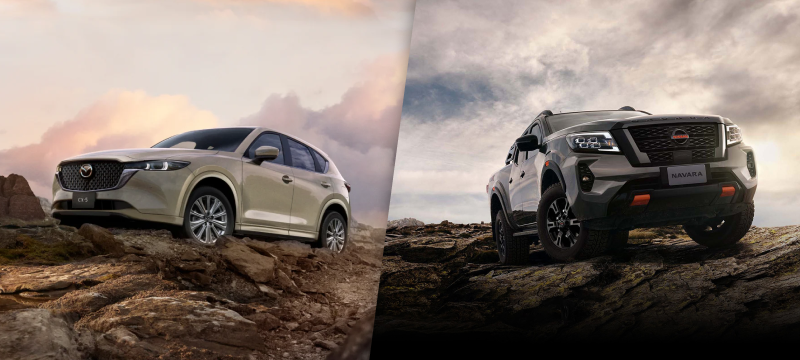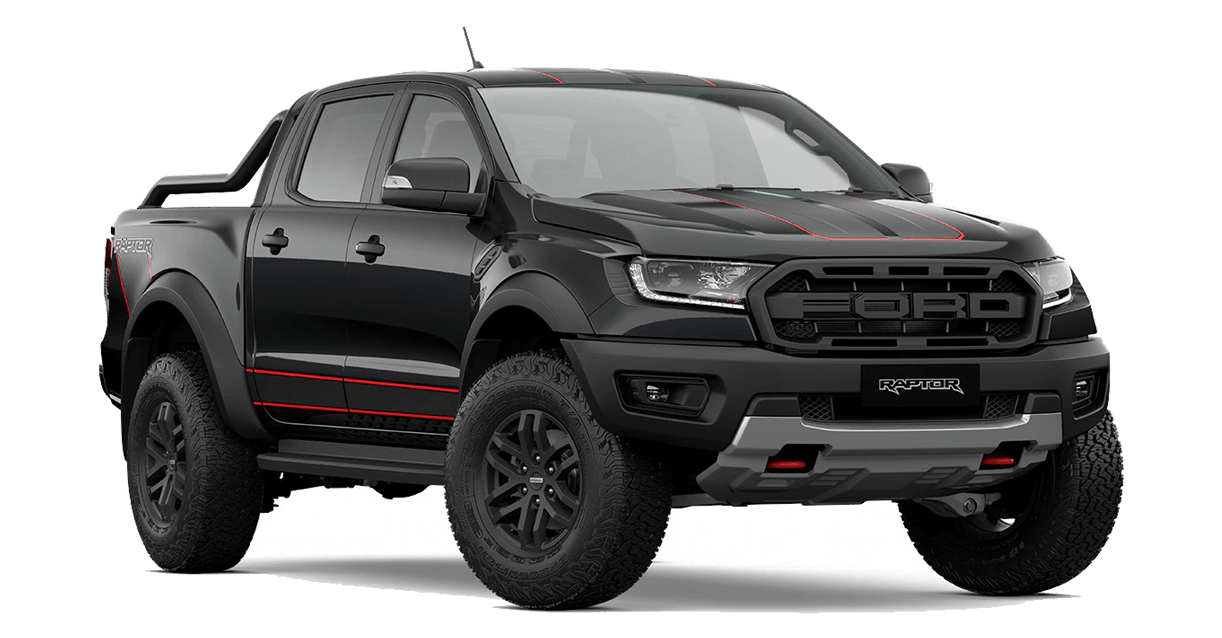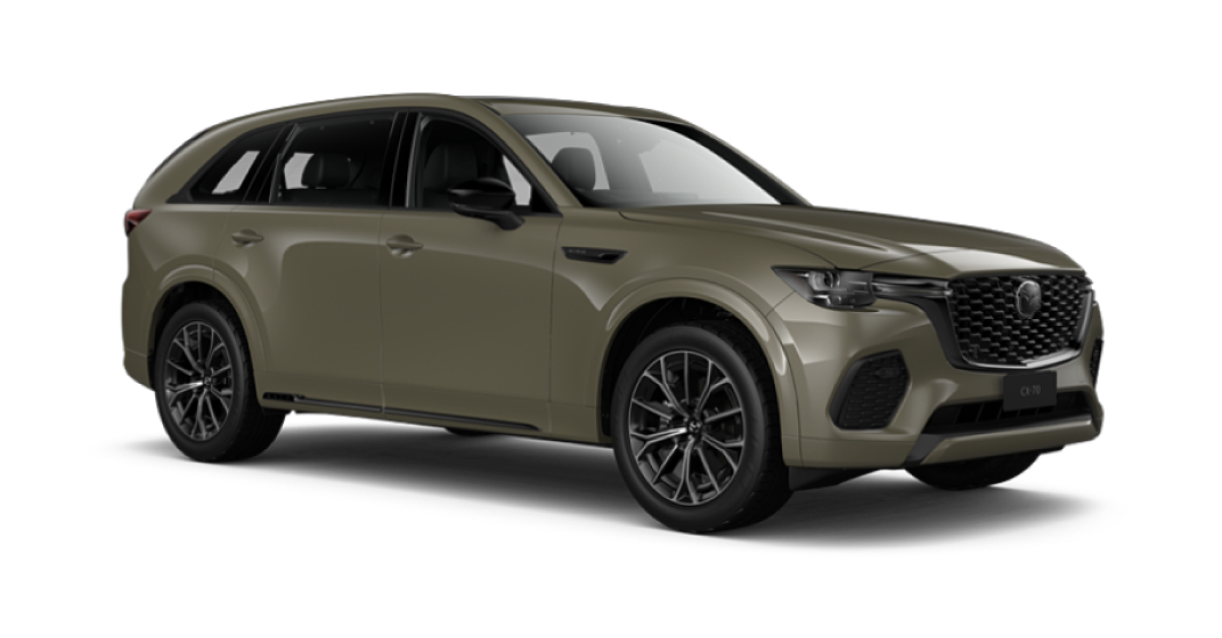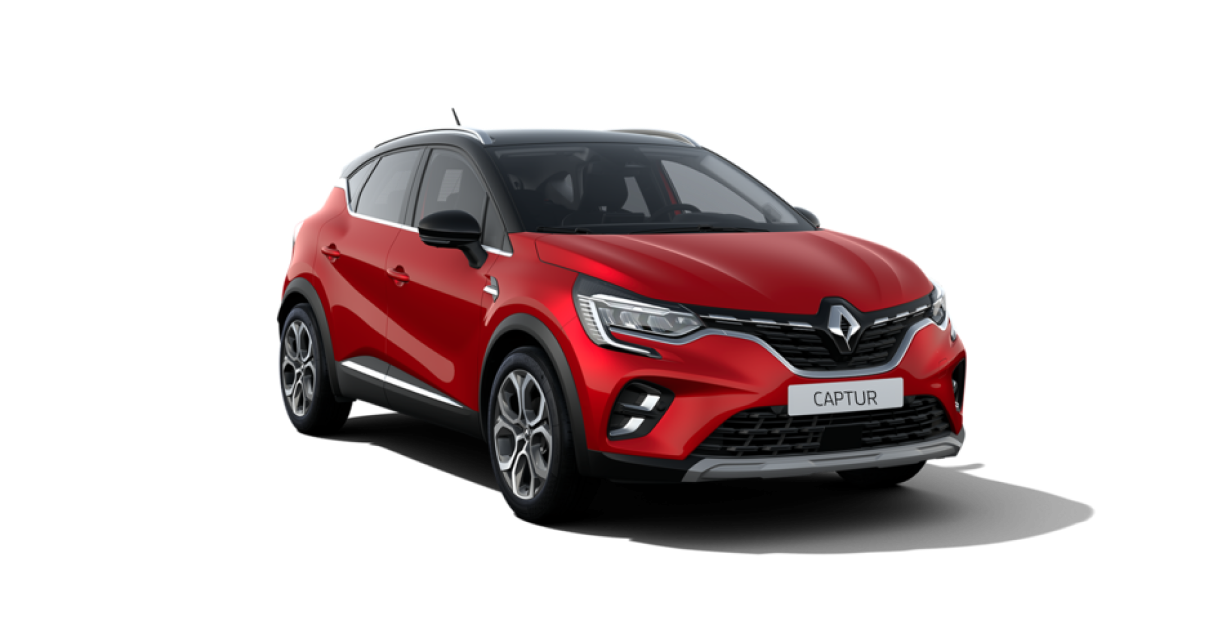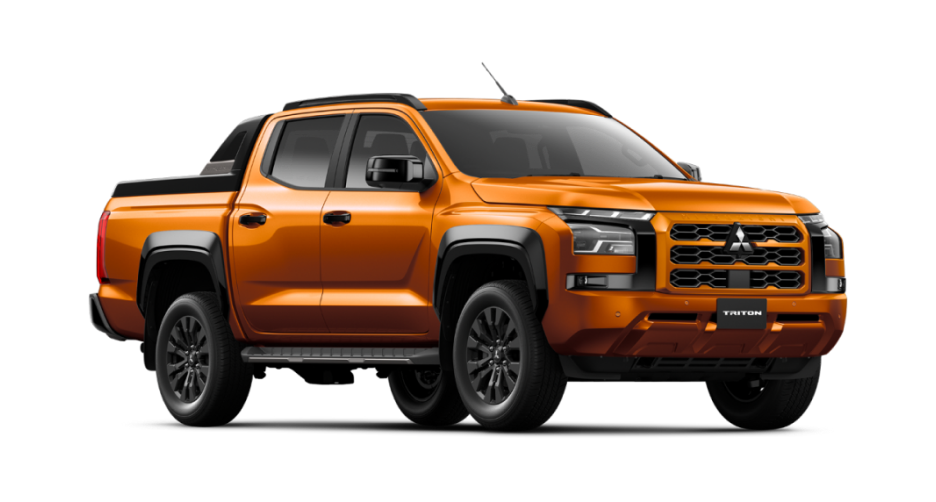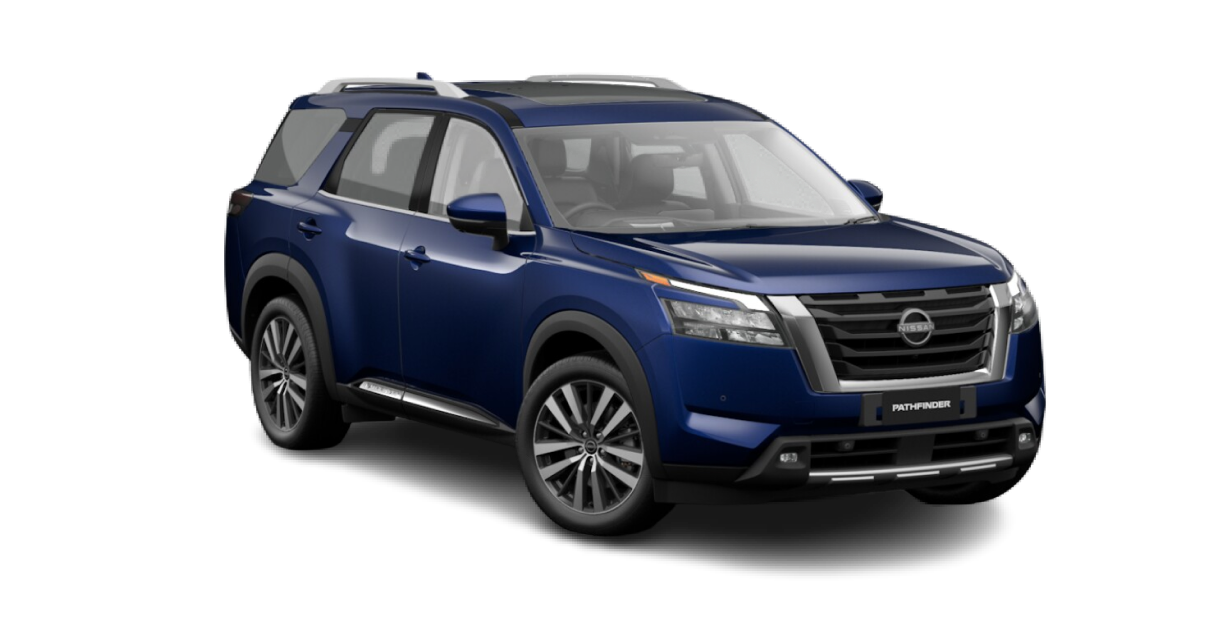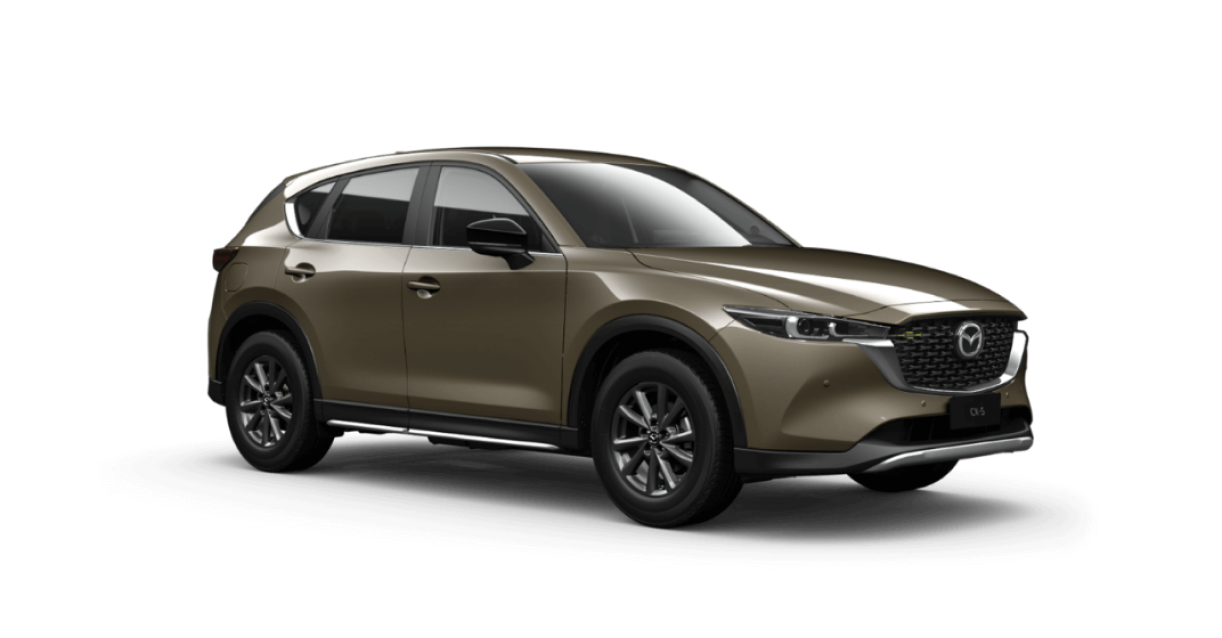Gone are the days when dual-cab utes were seen solely as workhorses. Today’s models, such as the Toyota HiLux SR5, Ford Ranger Wildtrak, and Isuzu D-MAX X-Terrain are equipped with luxurious interiors, advanced tech, and smooth handling that rival many SUVs.
Let’s delve into the finer details to provide a direct comparison:
1. Passenger Comfort and Interior Design
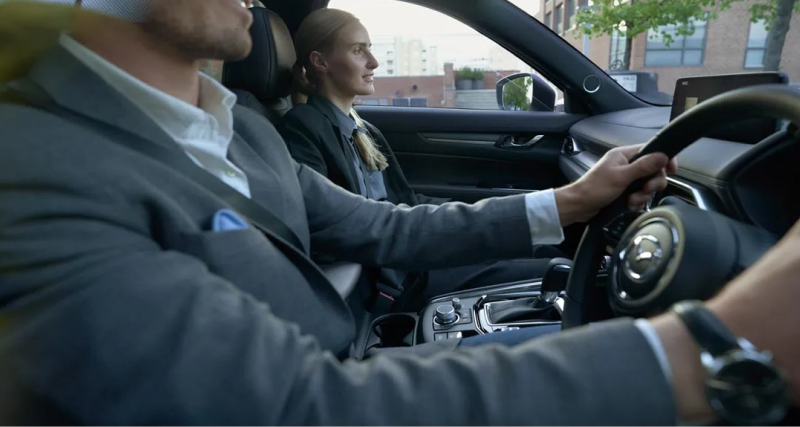
a. SUVs:
- Traditionally the go-to choice for families, SUVs are known for spacious interiors, plush seating, and refined ride quality.
- Features like multi-zone climate control, heated seats, and high-end infotainment systems are standard in models like the Mazda CX-5 or Toyota Kluger.
b. Dual-Cab Utes:
- Dual-cabs like the Ford Ranger Raptor or Nissan Navara Pro-4X offer comparable comfort. With leather-trimmed seats, roomy rear cabins, and suspension systems that absorb road imperfections, they’re no longer the “bumpy ride” vehicles of the past.
- Many utes also come with cutting-edge tech, including large touchscreen displays, smartphone integration, and driver assistance systems.
Verdict: SUVs still lead in rear passenger space and comfort for long drives, but dual-cab utes have closed the gap considerably, making them viable family vehicles.
2. Cargo and Towing Capacity
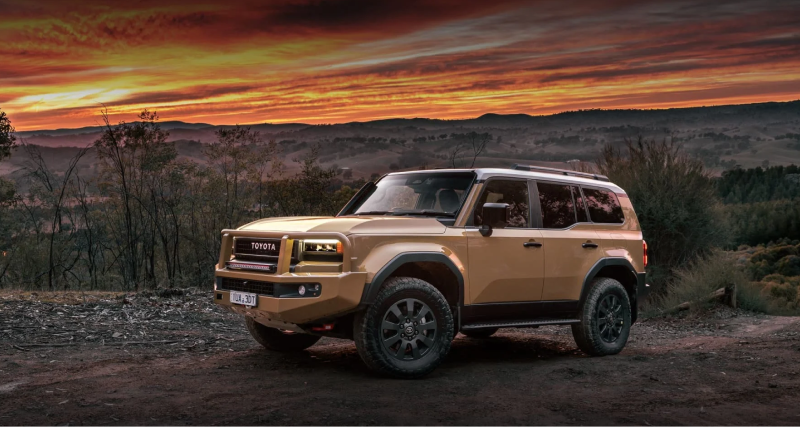
a. SUVs:
- SUVs have enclosed cargo areas that protect items from weather and theft, making them ideal for family trips or grocery runs. However, their cargo space is generally smaller compared to utes.
- Towing capacities for SUVs usually range between 2,000–3,000 kg, depending on the model (e.g., the Toyota Prado offers up to 3,000 kg).
b. Dual-Cab Utes:
- Dual-cabs shine here, with towing capacities of up to 3,500 kg (e.g., Ford Ranger Wildtrak and Toyota HiLux). Their open beds are ideal for bulky or dirty items like bikes, tools, or camping gear. With accessories like tonneau covers or canopy tops, utes can add protection and versatility to the cargo area.
Verdict: For families or individuals who frequently tow or need to transport oversized goods, dual-cab utes have the edge. SUVs are better for those who prefer enclosed storage.
3. Off-Road Capability
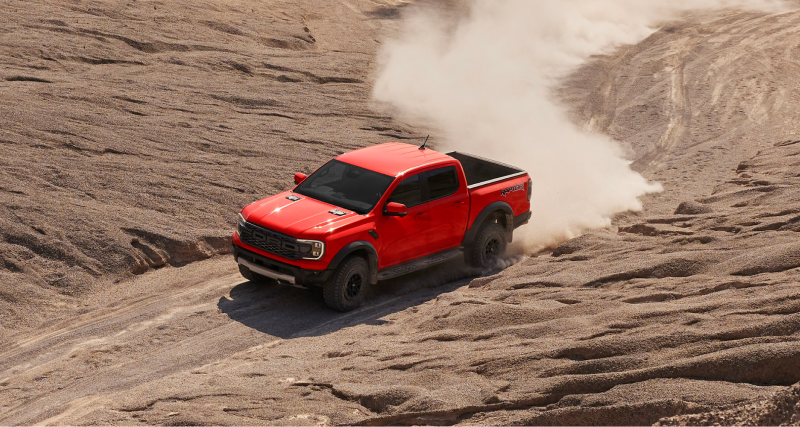
a. SUVs:
- Many SUVs, such as the Toyota LandCruiser and Jeep Grand Cherokee, are designed for serious off-road use. They feature advanced 4WD systems, hill descent control, and terrain management.
b. Dual-Cab Utes:
- Modern utes like the Ford Ranger Raptor or Mitsubishi Triton GLS often outclass SUVs in rugged off-road conditions. Their higher ground clearance and durable underbody protection are perfect for challenging terrains.
Verdict: While both are capable, utes excel in more extreme off-road environments, while SUVs offer a balanced on-road and off-road experience.
4. Cost of Ownership
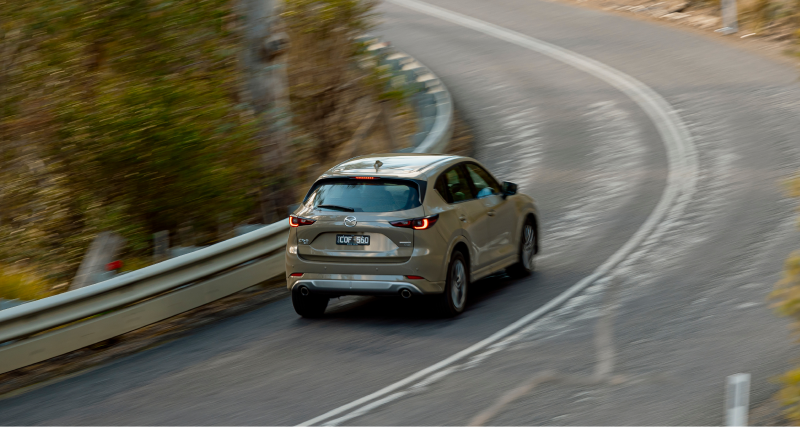
a. SUVs:
- SUVs have slightly better fuel efficiency due to their lighter frames. Maintenance costs are often lower because SUVs are not built for heavy-duty work.
b. Dual-Cab Utes:
- With their heavier build and rugged components, Utes may incur higher maintenance costs. However, they are incredibly durable and hold their value well, especially in the Australian market.
Verdict: SUVs may be more economical for everyday use, but dual-cab utes often offer better long-term resale value.
5. Versatility and Lifestyle Fit
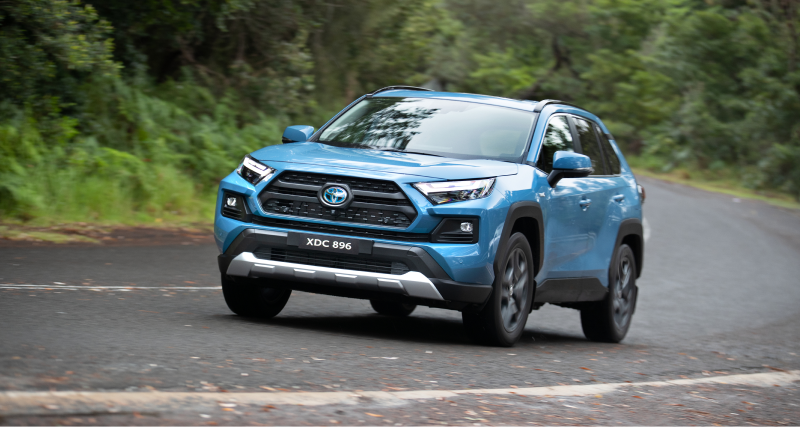
a. SUVs:
Ideal for urban families, road trips, and day-to-day errands. SUVs are versatile but lean more toward comfort and style.
b. Dual-Cab Utes:
Perfect for those with an active lifestyle, combining the ability to tackle work tasks with the convenience of a family car. Dual-cabs are especially popular with families who enjoy outdoor activities like camping, boating, or dirt biking.
Verdict: If you need a vehicle that transitions seamlessly between work and play, a dual-cab ute might be the better fit. For city living and family comfort, SUVs excel.
In Conclusion
Choosing between a modern SUV and a dual-cab ute comes down to your unique needs and preferences. If you prioritise comfort, enclosed storage, and fuel efficiency, an SUV like the Mazda CX-5 or Toyota RAV4 may be the better choice. On the other hand, if towing capacity, outdoor versatility, and rugged durability are essential, consider a dual-cab ute like the Ford Ranger or Toyota HiLux SR5.
At New Car Sale, we’re here to help you navigate the decision-making process. Check out our post: The Ultimate Guide to Buying a Car in Perth, for more tips on purchasing your next vehicle. Better yet, schedule a test drive to experience both options firsthand!
FAQs
Modern dual-cab utes now feature premium interiors, advanced tech, and suspension systems designed for smoother rides, making them nearly as comfortable as SUVs.


